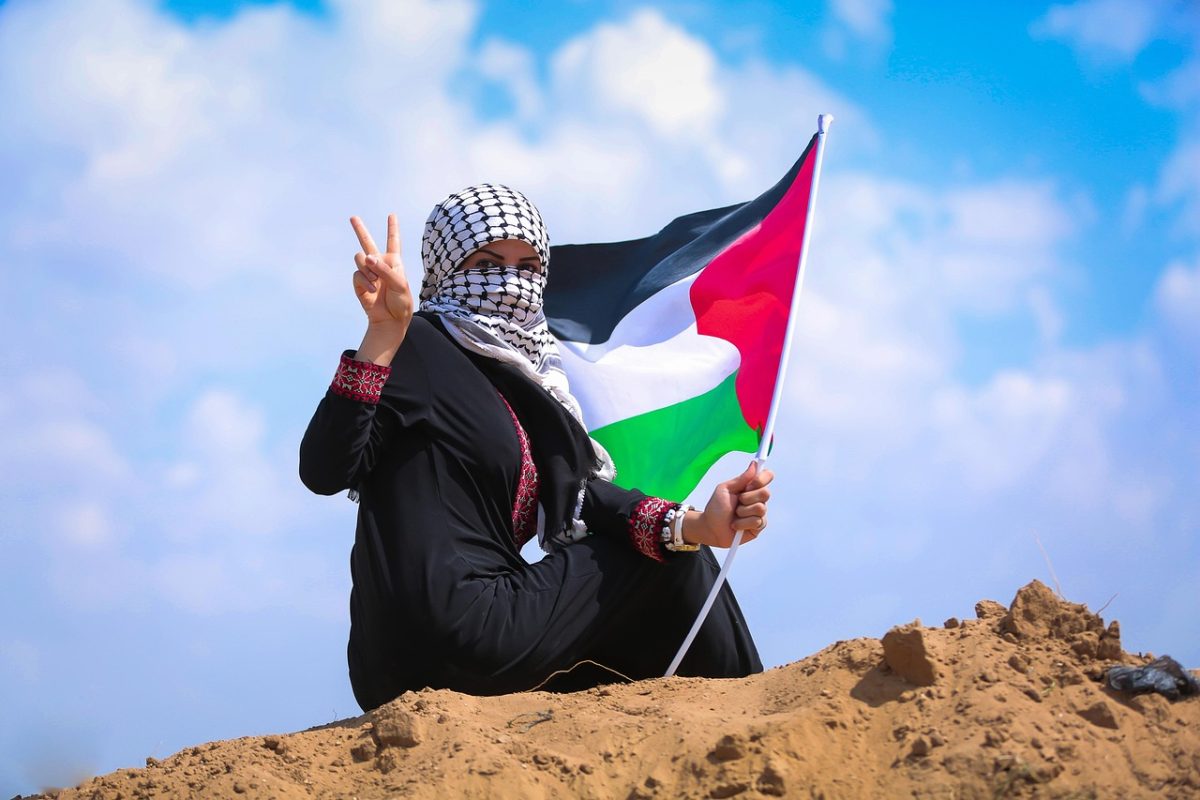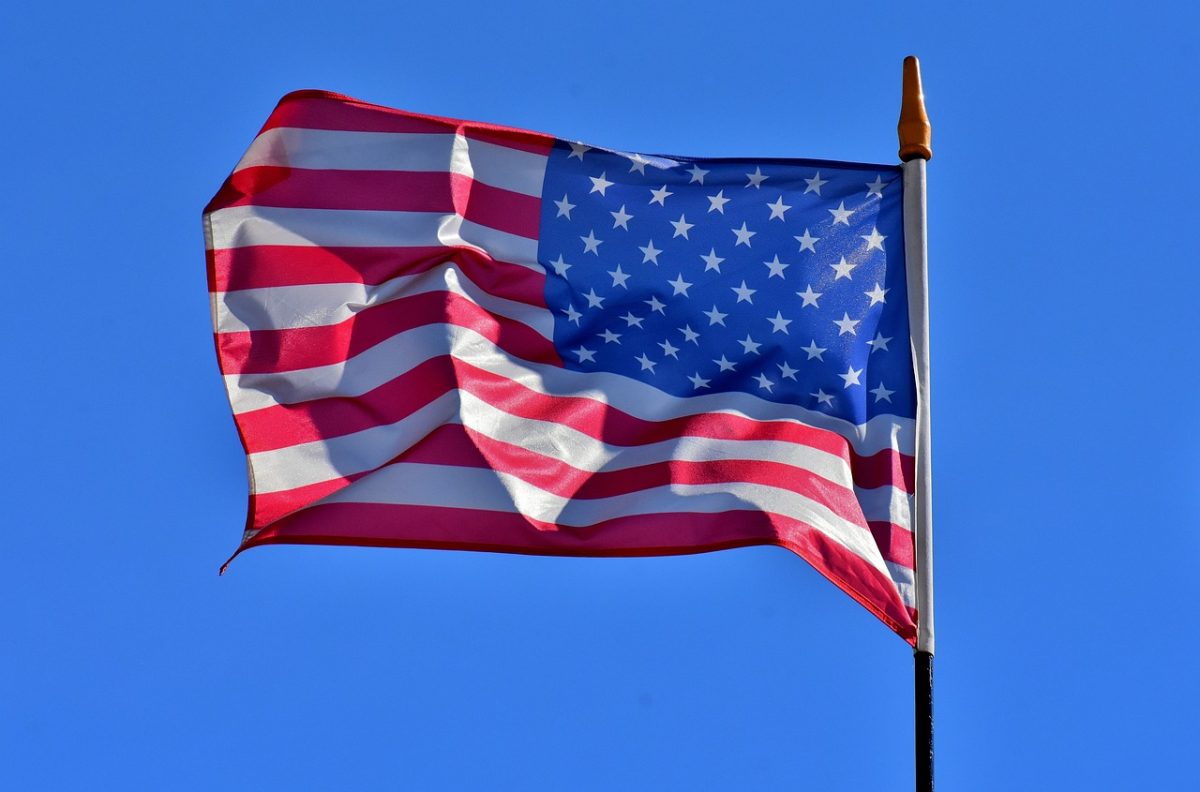Historically, the Jewish population of Europe was considered an “other”. After the creation of explicitly antisemitic political parties in Germany in the 1890s, an Austro-Hungarian Jewish journalist by the name of Theodor Herzl (1860-1904), started a Jewish political movement known as Zionism with the goal of establishing a Jewish state. Re-enforced by racist pseudoscientific theories like Social Darwinism, the misinterpretation of the biological evolutionary language of Charles Darwin in terms of political, economic, and societal situations, the antisemitism of Europe and the world continued to grow throughout the 18th-19th century. Most often the idea was that certain groups (or races) of people become powerful in society because they are simply innately better.
Much like the Zionists, other marginalized races wanted to establish independent states. While the Ottoman Empire fought in the first official global war, the Turkish and Arabic of the Empire had been fighting their own war at home. The Empire entered World War 1 as part of the Central Powers in 1914, increasing the internal tensions between Turkish nationalism and Arabic nationalism. The Young Turk revolution of 1908, a Turkish political movement aiming to refocus the Empire on modernization, gained the attention of the Empire’s enemies. Taking advantage of these internal issues, Britian, a member of the Triple Entente therefore an opponent of the Ottoman Empire, encouraged an Arabic revolution. The Arab Revolt of 1916, supported by the British, began in Mecca with the goal of creating a single, unified, and independent Arabic State. This revolt effectively dismantled the remaining power of the Ottoman Empire.
However, instead of supporting an independent Arabic state like they had agreed, Britain and France divided the former Ottoman Empire amongst themselves. In the Sykes-Picot Agreement of 1916, a secret agreement dividing territories between the European powers. The revolutionaries were not happy with this agreement but were most upset with the Balfour Declaration. Announced in 1917, Britain promised the world a “national home for the Jewish People” in Palestine. The people of Palestine, the majority of whom were Arabic Muslim, were not consulted. The foundation of Israel by Britian in Palestinian territory is considered the main cause of the ongoing Israeli-Palestinian conflict.
The Zionist movement encouraged Jewish immigration to Palestine and the newly established country of Israel. Immigration to Israel only increased over the next few decades due to the political climate. When Adolf Hitler was elected chancellor in 1938, immigration to the Palestinian area increased tenfold. Due to the surplus of Jewish peoples pouring into primarily Islamic lands, civil war had broken out unofficially between the two groups by the end of 1933. This violent feud, referred to as the Israeli-Palestinian Conflict, is still an ongoing problem reaching today. Since its beginning, this conflict has been interspersed with events of proposed peace and violent responses.
In 1947, the United Nations officially partitioned Palestine into two states: a northern state for the Jewish people and the southern state for the Arabs. May 14, 1948, saw Israel officially declaring independence from Britain. In the Six Day War of 1967, Israel fought multiple Arabic neighbors and came out victorious, taking control of the West Bank, the Gaza Strip, and all of East Jerusalem. These areas are notably inhabited by Arabic Palestinians andwere given back to Palestine in November 1967 by orders of the United Nations. 1978 marks one of the first attempts at peace, with Israel and Egypt sign the Camp David Accords. The Camp David Accords established a basis for a peace treaty between the two countries but did not declare peace, Israel only withdrew from the conquered Sinai Peninsula in early 1979. October 1991 hosted The Madrid Peace Conference. Sponsored by both the United States and the Soviet Union, Israeli, Jordanian, Lebanese, Palestinian, and Syrian delegates attended the first negotiation meetings, though the following debates lasted two years, but failed to produce any conclusive results. Israel and Jordan signed their own peace treaty in October of 1994, settling their territorial dispute and agreeing to future cooperation in sectors such as trade and tourism.The Camp David Summit of 2000, hosted by President Bill Clinton, almost resulted in an agreement but no treaties were signed, and the summit ultimately failed. In March 2002, aterrorist attack killed thirty people at a Passover celebration at a hotel in the Israeli city of Netanya. In direct retaliation, Israel began building a security wall on the West Bank to protect Israeli homes and settlements from terrorist attacks. As a United States backed country, Israel continued to have conflict with Palestinian leaders while peace talks and treaties were proposed and denied repeatedly. Hamas is a terrorist organization known officially as the Islamic Resistance Movement and is a Sunni Islamist political and military organization. Hamas took over Palestine after defeating the political organization of Fatah in 2006.
The Hamas organization took a more violent approach to Israel than the previous government. Terrorist operatives kidnapped an Israeli soldier named Gilad Shalit on Israeli soil located near the Gaza Strip in 2006. Israeli military forced tried to save him but were unsuccessful. Shalit was held in captivity in Gaza until Israel, backed by Egypt and the United States, negotiates for his release in 2012. Before his release was negotiated, in 2008, Israel attacked the Gaza Strip in response to hundreds of rocket attacks from Gaza on Israeli cities. This war lasted less than a month, yet it killed hundreds of civilians along with the hundreds of soldiers. With the attack sparking international criticism, urges for the negotiation of peace were increased with little results.
The United States formally recognized Jerusalem as the capital of Israel. Announced by former President Donald Trump, this changed the long-standing policy of the country. The promises made by Trump sparked protest all over Palestine and elicited disapproval from countries like France, Egypt, Jordan, Iran, Iraq, Saudi Arabia, and Turkey. In 2019, Former President Trump’s administration recognized Israeli sovereignty over the Golan Heights, which Israel had annexed from Syria in 1981, making the United States the first country outside Israel to formally recognize Israeli’s annexed territory. One year later in 2020, Former President Trump’s administration proposed a peace plan. This Israeli-Palestinian peace plan was designed by the United States and Israeli diplomats without Palestinian input. The plan outlined a dual-state solution while also placing requirements on the Palestinian State and openly hinting at anIsraeli annexation of the West Bank region. Palestinian leaders were quick to reject the plan, though Israeli leaders announced their plans to annex the West Bank as outlined in Trump’s proposal. 2021-2022 saw a similar level of aggression under President Biden’s administration, with the administration attempting to mediate peace following the Israeli-Palestinian Crisisheaded by Palestine and the counterattack by Israel. Both terroristic in nature, these attacks were the worst since 2005 and foreshadowed the violence of 2023.
On October 7th, 2023, operatives from the terrorist organization of Hamas launched a surprise attack on Israeli civilians. According to Israeli Media, the initial strikes resulted in approximately 250 people killed and 1,500 injured, making it the deadliest attack on the country in decades. On the Palestinian side, it was reported that 232 people in the Gaza Strip were killed and 1,700 wounded in Israeli counterstrikes. Mohammed Deif, the military leader of Hamas, declared the group executed their assault on Israel due to the country’s long-standing blockadesof Gaza, its continued occupation of Palestinian lands, and its alleged crimes against Muslims. The Israeli Prime Minister, Benjamin Netanyahu, declared Israel at war with Hamas.
While the violence has escalated to a scale where American media is reporting on the situation, the October 2023 conflicts between Israel and Hamas are not a new situation but rather the most violent occurrences the Israeli-Palestinian conflict has seen in several decades. The affect of the situation is visible even in the Western Hemisphere, as Israeli students on visa to study in the United States or college-aged people of Israeli heritage are being called to return to their home country to join the war effort. Celebrities, politicians, organizations, and universities are making statements on the situation, despite often not understanding the conflict or switching their public opinion depending on the response of their peers and constituents. Remember, before publicly declaring a stance on a controversial issue, no matter the case, always do your research and keep up to date on new occurrences and advancements in the conflict. The Israeli-Palestinian conflict is ongoing, to stay as informed as possible please gain your information from a carefully cultivated selection of trustworthy news sources, one example being the Associated Press.Should you watch a notably biased source, also review a source that is notably biased in the opposite direction to ensure you are hearing all sides of the situation and not stuck hoping that your first source did not cut out any of the facts in favor of their audiences’ opinion.










